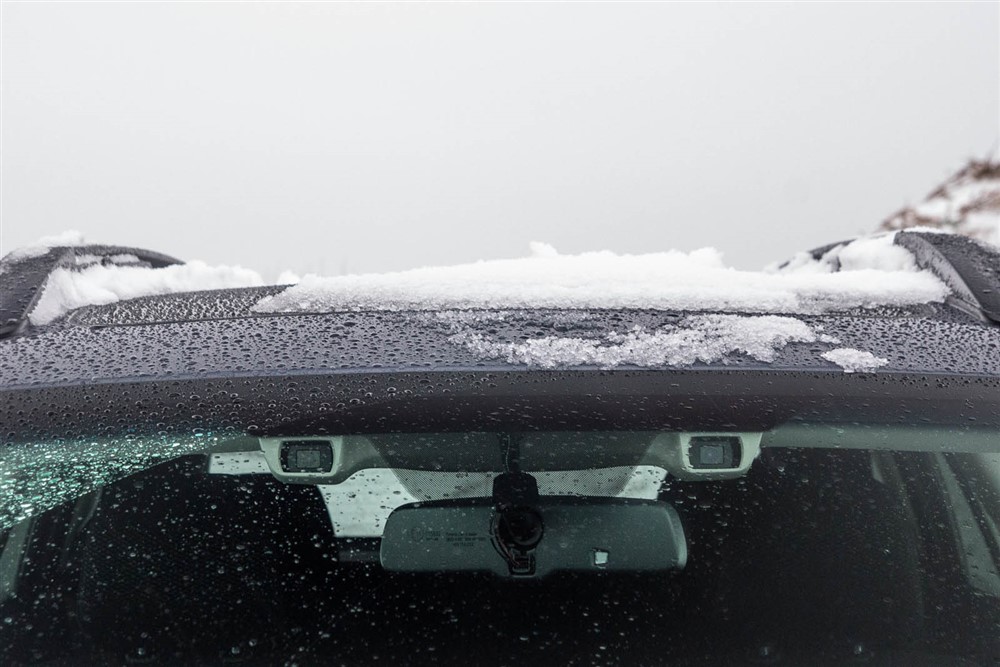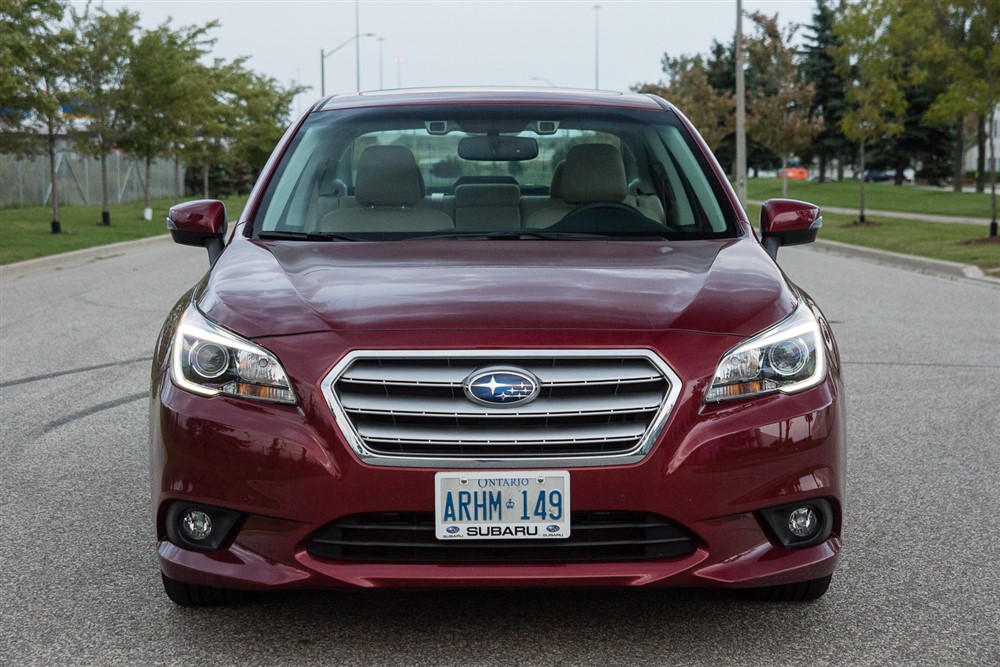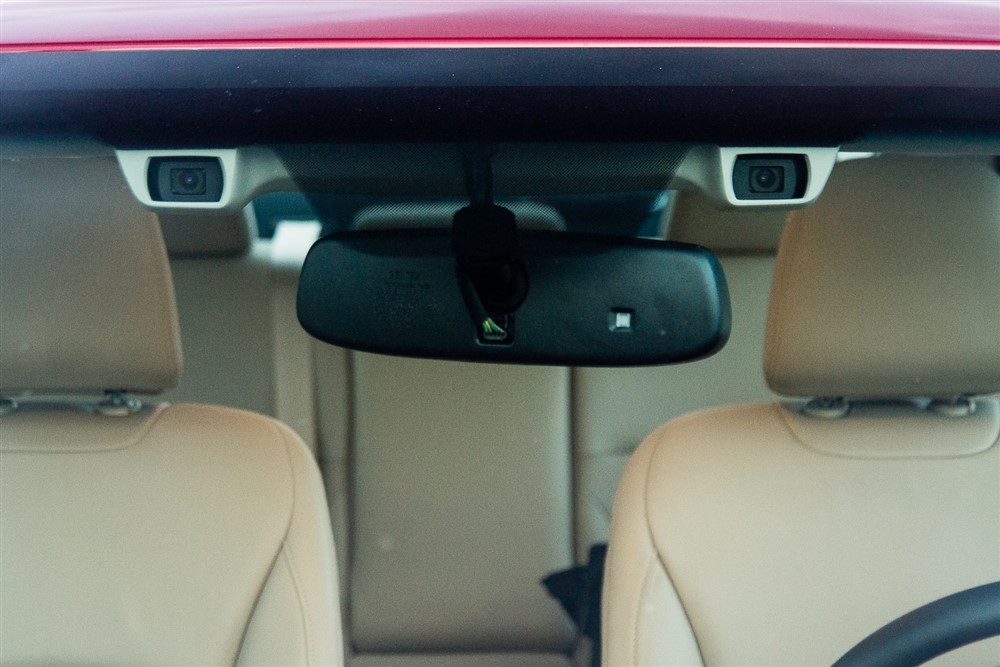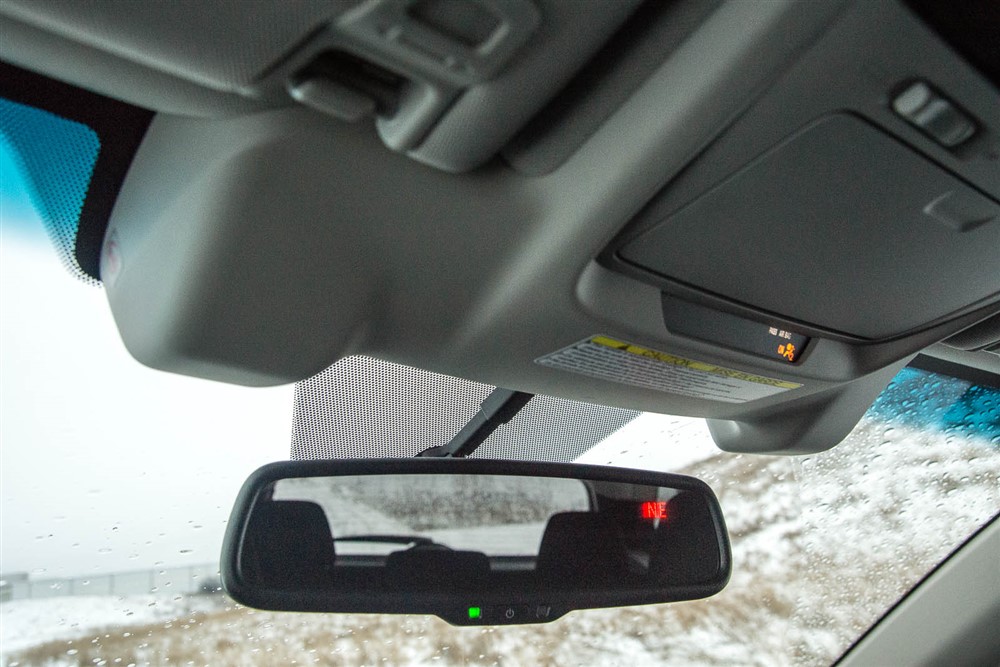Continuous advancements in engineering and technology have allowed for automakers to make big strides in passenger safety. We often take things like three-point seatbelts, airbags, and side-impact beams for granted – they either become a part of everybody’s daily routine, or sit quietly in the background until needed. Smarter chassis design in response to more stringent safety regulations has led to fewer and fewer reported casualties, even though the number of vehicles on the roads continue to increase. As brilliant as the engineers may be, they simply cannot account for the biggest variable: the driver at the wheel.
Active safety systems initially debuted on flagship luxury sedans, but thanks to the economies of scale, the trickle-down effect, and improved processes, we are starting to see certain features appear on mainstream vehicles. My test car, the Subaru Outback 2.5i Touring with Technology Option features their unique EyeSight driving assist system. Unlike some radar-based systems from other manufacturers, Subaru’s EyeSight utilizes two cameras mounted on both sides of the rear-view mirror, looking forward. Think of them as another set of eyes, constantly scanning the road for hazards and obstacles ahead.
One of the most obvious features in modern advanced safety systems is the pre-collision warning. Keeping an eye on the road ahead is one of the fundamentals to road safety. In cars equipped with the EyeSight system, your Subaru will not only alert you of a possible impending incident, but also apply full braking force in an emergency situation. It is also capable of bringing the car to a full stop, possibly making the difference between a close call and an unwanted collision.
Subaru’s EyeSight is also capable of providing lane-departure warnings. The two cameras monitor the positions of the lane markers on either side of the car and can alert the driver when the vehicle starts to drift over to the next lane. Pre-collision throttle management can also cut power output if the car ahead hasn’t started moving and EyeSight senses a possible collision hazard. On the other hand, if the EyeSight system notices the car ahead of you at a red light has driven away without an appropriate reaction from the driver, it will sound a friendly chirp. Time to put that phone away and start driving.
Just like how EyeSight can keep track of lane markings, it can also provide adaptive cruise control functionality by continuously monitoring the distance to the car ahead. While adaptive cruise control is starting to make its way into more mainstream vehicles, Subaru is out of the gate early, and maintains a lead with its comprehensive suite of value-added technologies.
Subaru’s system is unique in that it uses two optical cameras to scan the road ahead. Having two cameras allows the system to judge depth in the distance. Like the radar systems that most are accustomed to seeing, there are pros and cons to both types of systems. The only real requirement is that EyeSight needs to be able to see through the windshield. If the windshield is too dirty or obscured in any way, the EyeSight system will disable itself, notifying the driver by way of several bright warning lights in the instrument cluster. The upside to this requirement is that the wiper’s swept area is excellent due to the need to keep the camera’s sightlines clear. The other upside to having all the hardware located in cabin is (theoretically at least) that repair costs may be lower since it may possibly escape damage in a front-end collision.
A co-worker of mine at the office recently picked up a Subaru Outback 3.6R Limited with the EyeSight package (on our recommendation). He remarked that the peace of mind was well worth the premium, to keep both his wife and children safe on the roads. Subaru has been proud to drum up attention to their recent awards from the American Insurance Institute for Highway Safety, and with all EyeSight-equipped models earning top scores across the board, it’s no wonder why recent sales figures have been breaking records month after month.
Subaru EyeSight Technology







